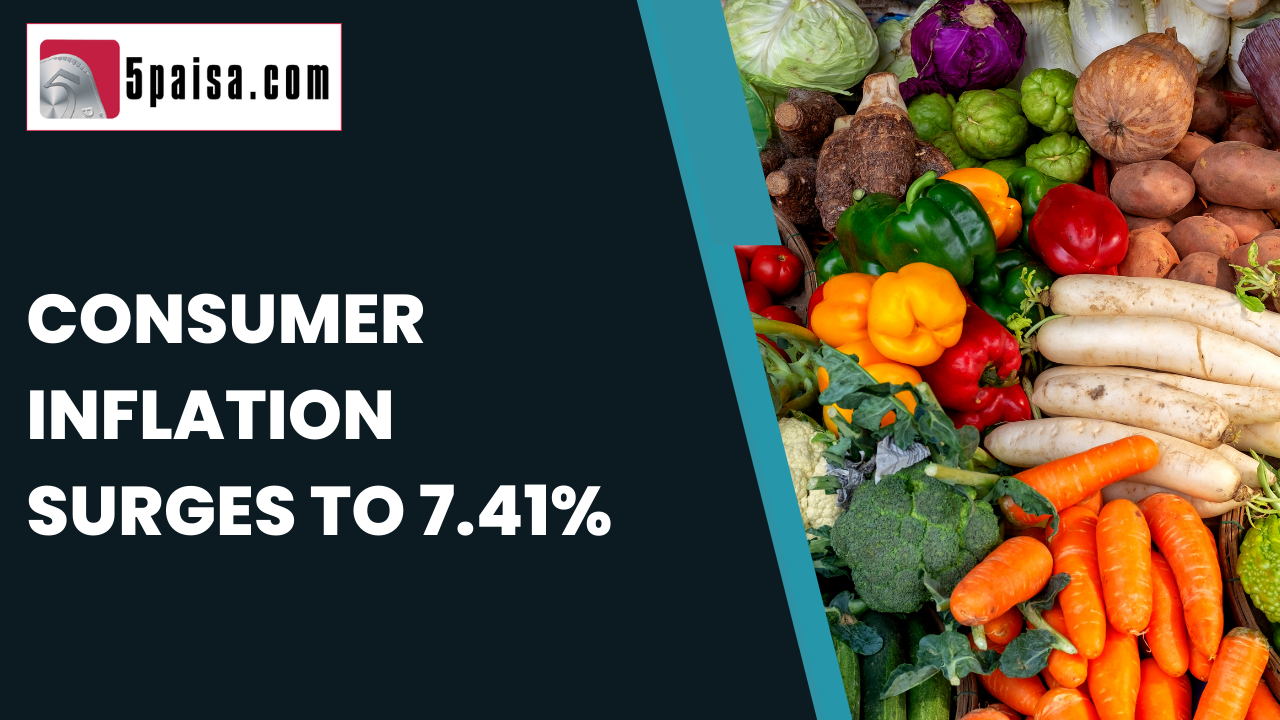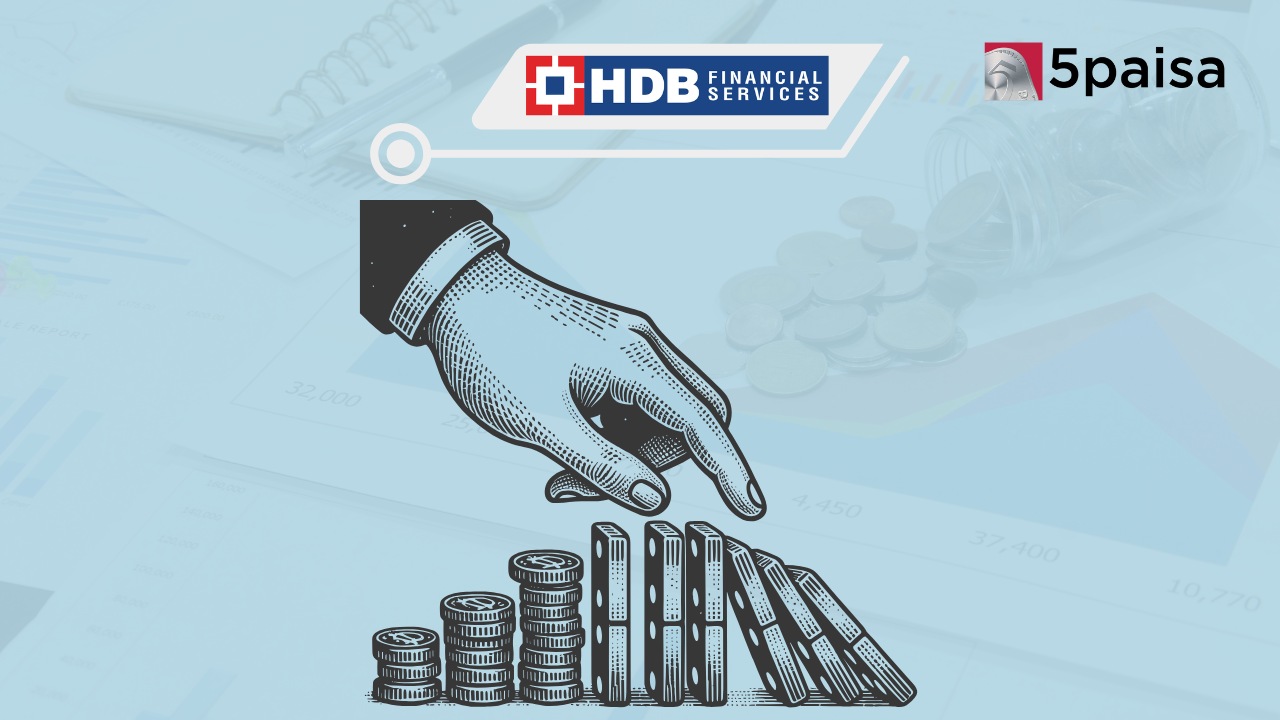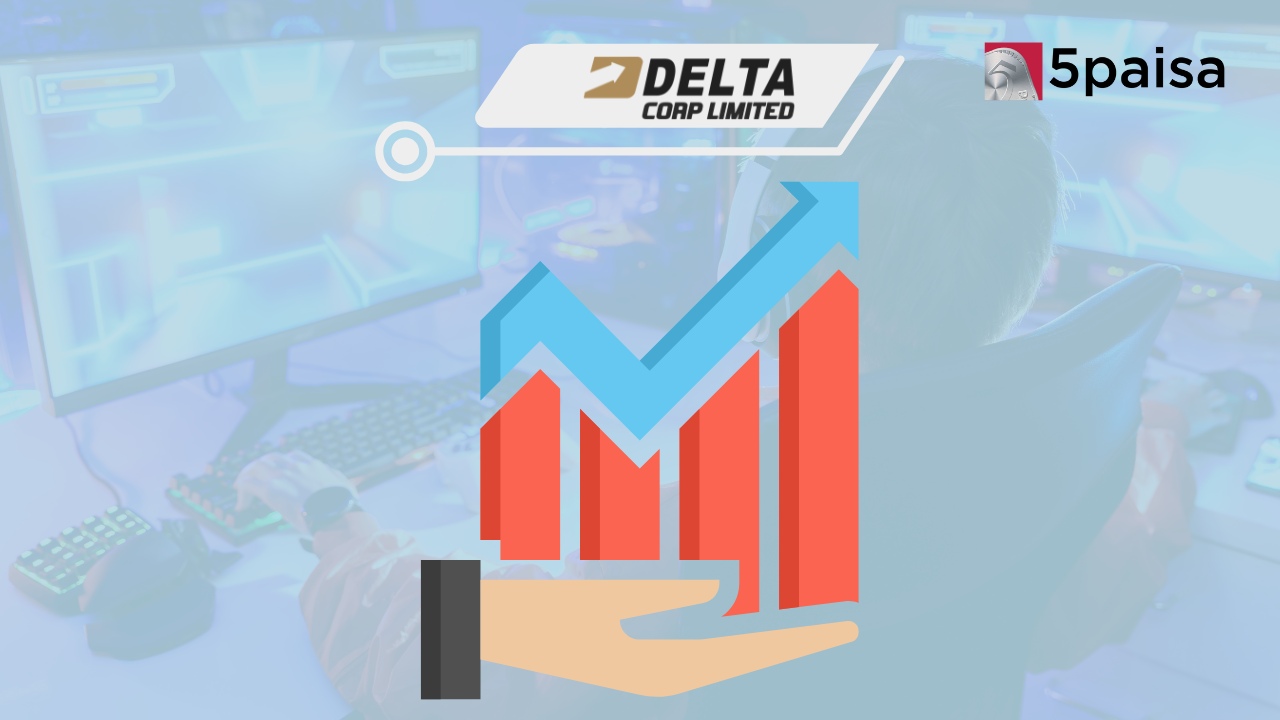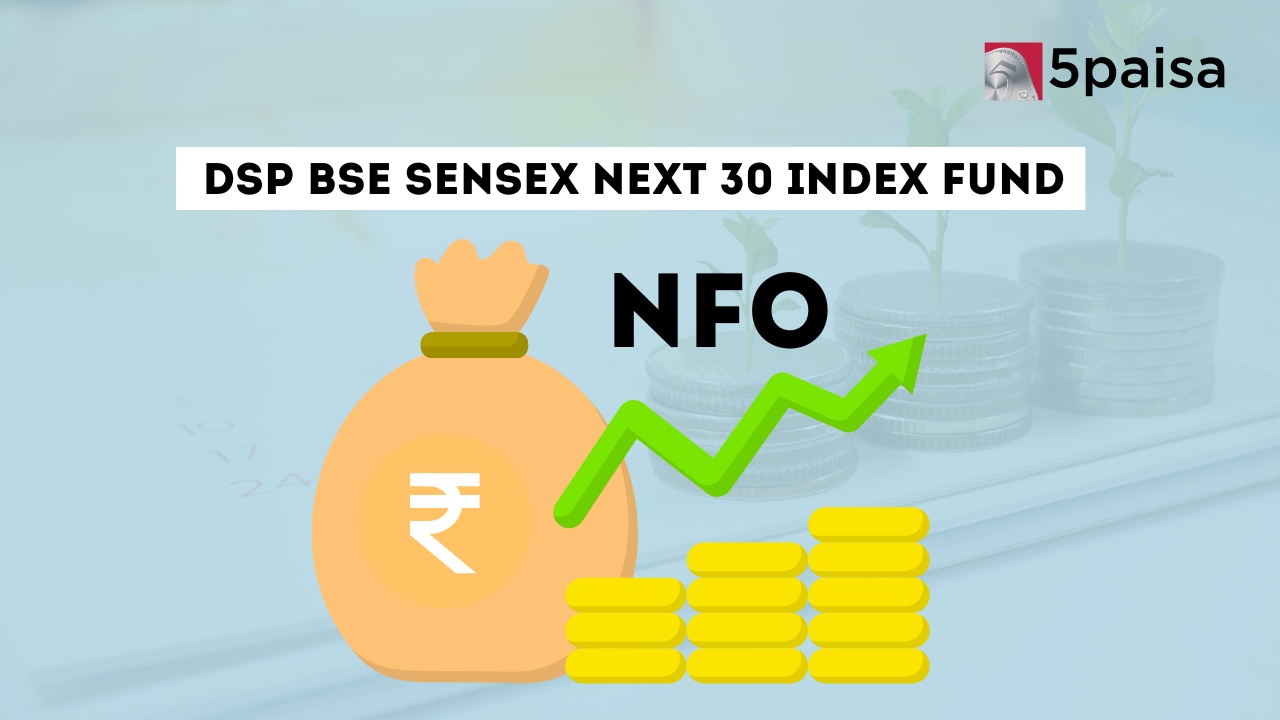Macquarie: HDB Financial's Valuations Overhyped
Consumer inflation surges to 7.41% in September 2022

Last Updated: 13th October 2022 - 04:19 pm
It was almost like the Oops Moment for the policymakers. For the last 5 months since May 2022, the RBI had held on to the contention that higher rates would curb inflation. While that did show some promise, the bounce in the inflation levels in the last 2 months has been quite surprising In fact, in August 2022, the CPI inflation jumped from 6.71% to 7.00%. Now in September, the CPI inflation has jumped further from 7.00% to 7.41%; a spike of 70 bp sin just 2 months. In a sense, even the RBI is surprised as to why the inflation is not coming down as was expected. Higher rates do not seem to have had any impact on inflation.
There were several issues to be worried. Firstly, September 2022 inflation at 7.41% is meaningfully higher than the Bloomberg consensus estimate of 7.30%. Inflation may still be below the peak levels of 7.79% touched in April 2022, but that is just about 38 bps away and not much of a consolation. But the bigger issue is that CPI inflation has now stayed above the 6% mark for 9 months and above 4% mark for 37th month in succession. Why are these two levels important. While 6% is the outer tolerance limit for inflation defined by the RBI, 4% is the average inflation that the RBI has been targeting.
Blame it on food prices and core inflation
Food inflation in September 2022 spiked by 98 bps from 7.62% to 8.60%. The spike in food inflation is largely on account of the lower than expected Kharif output for the year and the sharply lower acreage for cereals like rice and wheat. What is more glaring about the food inflation is that the worse affected are items like rice, wheat, milk and vegetables; typically items of mass consumption. That is only worsening the distress in household budgets. On top of the food inflation problem, even the core inflation (excluding food and fuel) has spiked sharply by 6.1% in the month of September 2022. The table below captures food and core inflation trend.
|
Month |
Food Inflation (%) |
Core Inflation (%) |
|
Sep-21 |
0.68% |
5.76% |
|
Oct-21 |
0.85% |
6.06% |
|
Nov-21 |
1.87% |
6.08% |
|
Dec-21 |
4.05% |
6.01% |
|
Jan-22 |
5.43% |
5.95% |
|
Feb-22 |
5.85% |
5.99% |
|
Mar-22 |
7.68% |
6.32% |
|
Apr-22 |
8.38% |
6.97% |
|
May-22 |
7.97% |
6.08% |
|
Jun-22 |
7.75% |
5.96% |
|
Jul-22 |
6.75% |
6.01% |
|
Aug-22 |
7.62% |
5.90% |
|
Sep-22 |
8.60% |
6.10% |
Data Source: Ministry of Finance Estimates
Let us quickly look at why the spike in core inflation is a worry
Core inflation refers to the commodity consumption basket excluding food and fuel. There is a very structural feature of core inflation and that is what makes it tougher to manage and regulate. The target was always to keep core inflation around 4%, but that looks quite far-fetched at this point of time. Much of the core inflation can be attributed to supply chain constraints. There is also a lot of spillage effect on core inflation. For example, supply chain constraints and higher fuel prices tend to spill over to the core inflation. Even the Economic Survey 2022 had asked the government to focus on controlling core inflation first.
Rate hikes are not working and RBI job gets tougher
You can say that the central bank finds itself on the proverbial horns of a dilemma. Since the special monetary policy meeting of May 2022, RBI had a single minded focus on containing inflation. That was succeeding in the first 3 months but now inflation appears to be trending higher even amidst hawkishness. Just look at these numbers.
The RBI has already hiked rates by 190 basis points and there could be another 60-70 bps coming on the way. However, inflation is back at 7.41% in September 2022 and that puts the RBI in a sort of a tight spot. Should it persist with killing inflation, even at the risk of slowing growth?
There are no simple answer, but it is perhaps time for the RBI to change its core narrative. The question is should the RBI follow the cues from the Fed or pursue its own path, even at the risk of monetary divergence. Remember, that the US dollar has the exorbitant privilege of being world’s trade and commerce currency of choice.
That explains the strength in the dollar. Clearly, hawkishness has hit growth, but inflation is still up and the rupee has sharply weakened. RBI may have to relook at its philosophy of inflation control. Perhaps, the China model of focusing on growth and loosening rather than tightening, makes a lot of sense. We are not too sure, but it is time the RBI wears a different hat and takes a fresh world view.
- Flat ₹20 Brokerage
- Next-gen Trading
- Advance Charting
- Actionable Ideas
Trending on 5paisa
Indian Market Related Articles
Disclaimer: Investment in securities market are subject to market risks, read all the related documents carefully before investing. For detailed disclaimer please Click here.
 5paisa Research Team
5paisa Research Team




